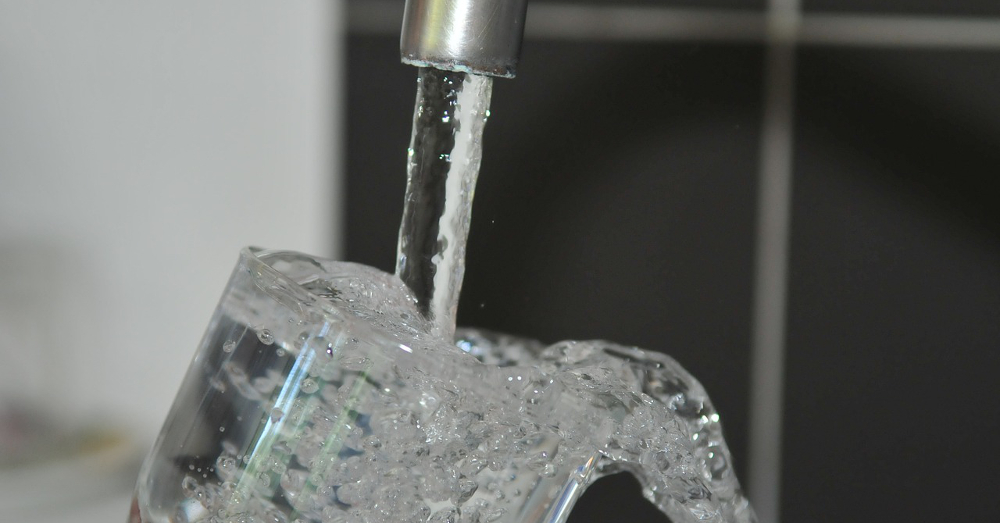
What Our Tap Water Says About the Way We Farm
When the news broke earlier this summer that cancer-causing chemicals had spiked in my local tap water, I was alarmed. But, like many of the 1.4 million people living in Oakland, Berkeley, Richmond, and a number of other cities on the eastern slopes of the San Francisco Bay Area impacted by the news, I wasn’t sure how concerned I should be.
July 26, 2017 | Source: Civil Eats | by Twilight Greenaway
Agricultural runoff pollutes tap water supplies nationwide, and hits low-income rural communities hardest. A new tool from EWG helps connect the dots.
When the news broke earlier this summer that cancer-causing chemicals had spiked in my local tap water, I was alarmed. But, like many of the 1.4 million people living in Oakland, Berkeley, Richmond, and a number of other cities on the eastern slopes of the San Francisco Bay Area impacted by the news, I wasn’t sure how concerned I should be.
“The water is safe to drink,” a water district spokesperson told the East Bay Times. But there are “risks of consuming it over a lifetime,” she added.
The contaminants in question are called trihalomethanes (THMs), a byproduct of the disinfectants used to kill organic matter in water. And, according to Craig Cox, senior vice president for agriculture and natural resources at the Environmental Working Group (EWG), byproducts like these are increasingly common.
“If the water has high levels of organic matter—which in most cases is algae—[utility districts] will disinfect the water,” Cox said. “It’s a real conundrum for these facilities because they have to disinfect it to prevent a huge public health threat. But the trade-off is more chronic health threats because so many of these byproducts are carcinogenic. So they don’t have a lot of good options.”
Rather than relying on water treatment, says Cox, the real solution is to prevent the flow of pollutants and farm runoff—phosphorous and nitrogen both fuel algae growth—from entering the nation’s watersheds in the first place. (Doing so would also help slow the growth of the annual dead zone in the Gulf of Mexico, which scientists have estimated will be third largest on record this year.)
Cox has been especially immersed in this challenge over the last year, as he and other scientists at EWG have worked to put together a national Tap Water Database, which debuts today. Curious consumers can drill down into what exactly is in their tap water—from industrial pollutants, to runoff and treatment byproducts—by interacting with a map of the U.S. or entering enter their ZIP code into a field on the site’s homepage.
